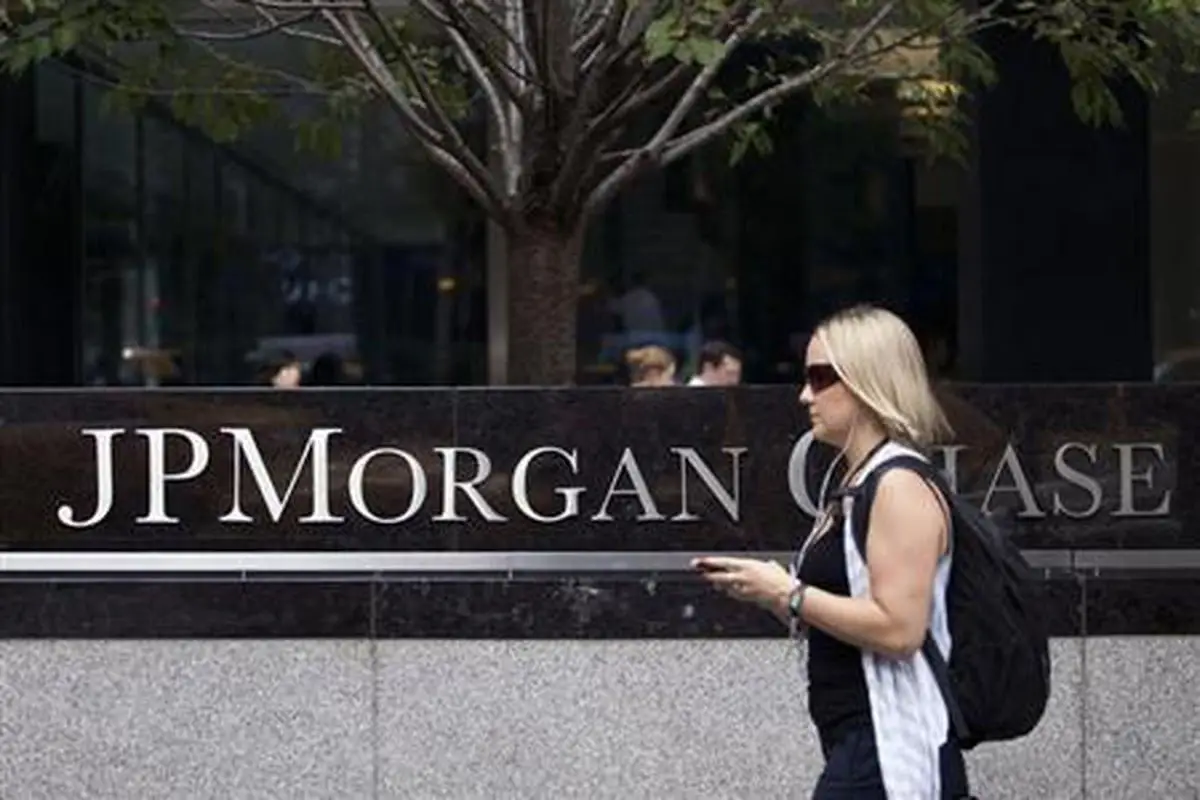Others
Exploring JPMorgan's Potential $2 Billion Synthetic Risk Transfer Deals
JPMorgan Discusses $2 Billion in Synthetic Risk Transfers Amid Regulatory Changes
By Alex P. Chase
ᐧ

Key Takeaway
- JPMorgan is discussing two synthetic risk transfer deals potentially worth $2 billion, focusing on corporate debt, aiming for Q4 launch.
- These SRT transactions align with regulatory trends and market evolution, offering a way to mitigate credit risk and manage capital reserves.
- Growing interest in SRTs among U.S. banks like Wells Fargo indicates a strategic shift towards these instruments ahead of Basel III Endgame regulations.
Exploring Synthetic Risk Transfer Deals
JPMorgan Chase & Co., the largest bank in the United States, is currently engaging with investors regarding the potential issuance of two large synthetic risk transfer (SRT) deals. These discussions, still in their early stages, revolve around transactions that could cumulatively amount to approximately $2 billion in bonds. Notably, at least one of these deals is expected to be associated with a portfolio of corporate debt, with the aim to launch these transactions in the market by the fourth quarter of this year. However, it's important to note that these conversations are preliminary, and the specifics of the financing could undergo changes.
Regulatory Landscape and Market Dynamics
The backdrop to JPMorgan's move is a broader context of regulatory adjustments and market evolution. The bank has previously executed similar transactions, notably in 2019 when it issued private credit risk transfer bonds to mitigate risk from its mortgage portfolios, a strategy reminiscent of those employed by Fannie Mae and Freddie Mac. This activity aligns with a growing trend in the U.S. market for SRTs, which gained momentum as regulators considered proposals for banks to bolster their capital reserves against potential future losses. SRTs function by banks issuing notes tied to a loan pool, including a credit derivative, which then transfers the credit risk from the bank to investors. This mechanism allows banks to reduce the regulatory capital required against these assets, with investors drawn to yields potentially exceeding 10%.
International Context and Future Prospects
While European banks have historically been the predominant participants in SRT transactions, the focus is shifting towards Wall Street banks, including JPMorgan, especially in light of the impending Basel III Endgame regulations. The extent of SRT utilization by these banks will largely depend on the final stringency of these U.S. supervisory requirements. In anticipation of these regulatory changes, other financial institutions such as Wells Fargo & Co. are also contemplating entering the SRT market later this year. This trend underscores a growing interest in SRTs as a strategic tool for managing regulatory capital requirements and credit risk.
Finance GPT
beta







